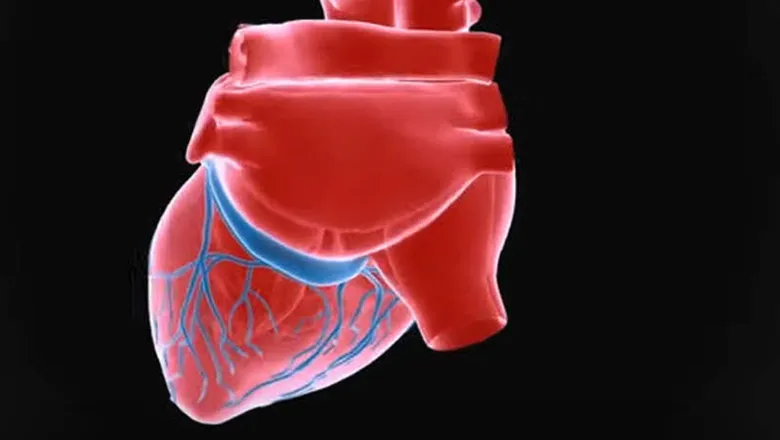With this research, in the future, heart disease will be treated better. Some clinical methods used today are still archaic, with the same procedures that would have existed in the 80s. If the guidelines and technology evolve, the diagnostics must evolve too.
Mr Joao Fernandes, PhD student
16 November 2020
Biomedical engineering students promote cardiac research of consortium for in-silico cardiology
A new video by students from the School of Biomedical Engineering & Imaging Sciences explains the progression of digital cardiology

Representatives from the School of Biomedical Engineering & Imaging Sciences have joined the Personalised In Silico Cardiology (PIC) group, a €4M project led by King’s College London, demonstrating the intersection of research between universities, industry and clinic, as well as the multidisciplinarity within the School.
Three PIC fellows from the School, Cristobal Rodero, Maciej Marciniak and Joao Filipe Fernandes, PhD students, are working on what is known as the digital twin – a digital version of the human heart and have recently released a video explaining their work.
Mr Fernandes analyzes flow profiles inside the heart from multi-modality imaging with the aim of measuring non-invasively the pressure drops across valves and stenoses to improve intervention decision making.
Mr Marciniak studies the anatomy of the heart known as cardiac morphology. He is looking at different methods and models to extract important anatomical features that are related to disease, development, exercise and other such parameters and enable a comprehensive description of the cardiac morphology, for diagnostic and prognostic purposes.
Mr Rodero, looks at simulating mechanics, how the heart moves focusing on the forces acting on the muscle.
More specifically, he looks at novel pacemakers which are not necessarily feasible to be tested directly on people and develops computational models to try and predict which pacemakers would work best.
In addition, he relates which morphological aspects influence the mechanics - will specific changes in the anatomy of the heart affect how the heart moves.
All together, they are aiming to build the digital twin.
“In five to ten years the digital twin could be available to track some cardiovascular diseases of the heart,” Mr Fernandes said.
Said Mr Rodero: “if you are in hospital with a cardiac condition, or babies that are presenting with cardiac abnormalities, we can do a scan and see what’s going (on?)/ what the problem is. Then we can actually plug the data into a model and say if there’s something that deviates from normal behavior in any specific area, so we can focus our attention there.”
“Clinicians can then decide the treatment and you can test the treatment first in the digital model,” he said.
Mr Rodero said the research is currently at the stage of creating trust in computational models. Once the trust is established, procedures can be tested to accurately decide which is the best treatment for a patient.
Mr Marciniak said it is also about building the public’s trust.
“They (patients) could monitor health more directly and see in the models that ‘this is my heart right now, and if I continue living with the lifestyle like this, this is how my heart is going to look in 1, 2 or 5 years’” he said.
While wearable health monitoring devices are popular and well used among the public, the researchers say these devices are still in the early stages of how the public could be monitoring their health.
“Our research presents a boosted version of that. We could monitor a patient to see if they have an arrhythmia, or if their heartbeat is a bit too high. We can also check if the heart is actually changing in a way that is not healthy, in terms of anatomy, blood flow or electrophysiology, and try to prevent that before the changes are irreversible” the researchers said.
“It’s about being able to prevent cardiac problems. Scientific progression can be very positive and in the future we could have even better healthcare.”
Project Coordinator of PIC, Dr Pablo Lamata said computers are enhancing our human reasoning capacities, both through induction (big data) and deduction (mechanistic models).
Our PIC fellows Maciej, Cristóbal and Joao are the innovation leaders that will transform these technological advances into patient benefit. This is the paradigm of the digital twin that we envision within our PIC consortium.
Dr Pablo Lamata
